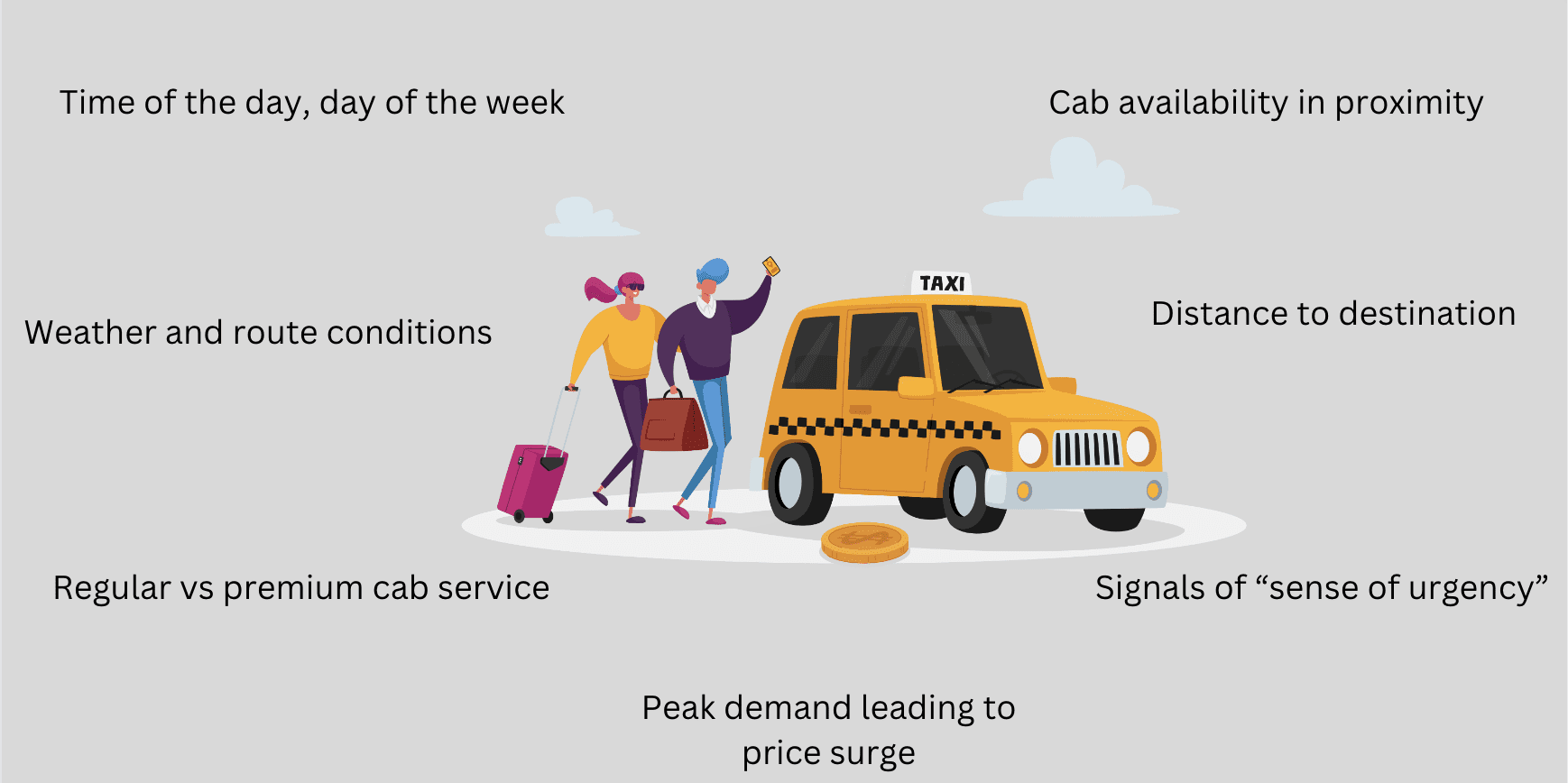The Ultimate AI Strategy Playbook
Many businesses rush to adopt AI but fail due to poor strategy. This post serves as your go-to playbook for success.
 Image by Author
Image by AuthorWhat if AI did not exist; in a way, no such technology furor has taken the entire industry by storm.
For a business leader whose only core focus is to drive business growth by leveraging technology, the very first thought is the customer – whom are we serving? Who is our audience? What is it that they want/expect from us?
And the immediate second thought is – their pain points. What is it they need that no one, not even the competitors is serving?
Customer-Focused Business Strategy
And there starts the series of questions which, when addressed, will set the business for success.
- What makes customers’ lives easier?
- What makes a seamless experience for them?
- What are their underserved needs?
And, so starts the path to discovering the means to an end – aka the technology.
Notably, we have not yet discussed AI. Listing down the business strategy, levers and prerogatives is the most crucial and utmost important step to deciding “what to solve” and “whom to solve for”.
Thereafter. comes the question of “how to solve”. Does AI make a good solution to solve this business problem?
At this juncture, businesses need a framework to decide what use cases AI is a good fit for. Here is what I suggest – the “PRS” framework. It stands for “Patterns that Repeat at Scale”.
 Image by Author
Image by AuthorPattern
Let’s take an example to internalize this framework:
For example, cab service providers ensure providing cab drivers’ availability at a cost-effective price, which considers various factors –
- Proximity of the available pool of drivers to the cab requestor
- Distance to the destination
- Peak demand leads to price-surge due to more cab requestors as compared to cab drivers
- Reportedly, the lower battery status of the cab requestor’s phone likely suggests an increased fare price. This gives the cab service provider the signal that the low battery of a cellphone can increase the appetite of the cab requestor to pay more for the same ride owing to a sense of urgency.
- Cab availability and pricing also vary with factors such as regular vs premium cab service, hour of the day, or unfavorable weather conditions.

Image by Author
All this, while ensuring cab drivers are sufficiently incentivized to continue enriching customer experience.
So, we understand the data patterns.
Repetition at Scale
Next comes the repeatability – all these data attributes repeat for every cab requestor and every ride across the geographies, which inevitably leads to our last point, scale.
Think of how unachievable this problem would become, had there been a manual or non-AI workflow to solve this business case which is compute-heavy.
Data Strategy
Having built the business mindset, following which we have identified the problems that make a good case to solve via AI, let us put all our attention on data. After all, data is the core engine driving the success of all AI algorithms.
I have a framework for this too — AAA which stands for Availability, Accessibility, and Authorization.
Consider this:
Do I have the data?
Vs.
Do I have the exhaustive data?
There is a minor but crucial difference between these two statements.
Just having data is not enough. One needs all the data that is needed to model the phenomenon to ensure the model sees all those attributes that a human expert gets to see too. So, data availability is key.
Next is data accessibility. Having data at disposal is one thing, but being able to access it with ease is another. It is important to build data pipelines to ensure seamless data access.
By now, we have covered a lot of ground to get data in shape, but what if we are not allowed to use the data for model training or analytical purposes?
This is where most organizations slip up. Ensure getting the necessary authorizations or even better, only use data for which you have required permissions.
With the 3A’s of data strategy, there is still one question unanswered, that is, what is the sequence or order among business, data, and AI strategy?
So Many Strategies!!!
Largely, AI strategy is always a function of business strategy and is aligned with data strategy. It is prudent to keep working on AI use cases alongside keeping 3A’s of data in progress.
Similar to the iterative nature of AI projects, the AI roadmap needs continuous refinement while preparing and enhancing data infrastructure to maximize the potential of AI technologies within an organization.
Keep analyzing and tracking the key performance indicators (KPIs) such as accuracy, efficiency, and ROI to periodically assess the status of AI initiatives to gauge their effectiveness as well as identify areas for improvement.
Bonus Tip
Most of the AI projects and strategies suffer due to a lack of timely communication. It is crucial to perform milestone checks and actively solicit feedback from stakeholders, including end-users and business leaders. All successful AI projects go through several cycles of iterations through feedback that informs adjustments and enhancements to existing models or the development of new use cases.
Additionally, the models are not just developed once and never looked back at again. It could be entirely possible that business priorities have changed over time, which must be reflected in AI strategy and in the implementation too.
Vidhi Chugh is an AI strategist and a digital transformation leader working at the intersection of product, sciences, and engineering to build scalable machine learning systems. She is an award-winning innovation leader, an author, and an international speaker. She is on a mission to democratize machine learning and break the jargon for everyone to be a part of this transformation.
